Every movement of a jib crane — whether it’s lifting, traveling, or rotating — depends on the seamless interaction of its powered and controlled components. These parts not only handle loads but also determine how efficiently and safely each motion occurs. Understanding which jib crane components require power or controls can help you improve operational precision, reduce manual strain, and extend your crane’s lifespan.
This guide explores the key powered systems in modern jib cranes, how they work together, and the technologies that enhance their performance.
For foundational insights on crane design, start with Why Choosing the Right Jib Crane Components Matters Most.
Table of Contents
ToggleUnderstanding the Power Network in Jib Crane Systems
Jib cranes consist of several major assemblies — the boom (or jib arm), mast, slewing mechanism, trolley, and hoist — each with distinct power and control requirements. Depending on the configuration (manual, semi-powered, or fully electric), some components are hand-operated, while others integrate electric or pneumatic systems controlled via pendants, remotes, or automated drives.
Three Core Power Categories:
- Lifting Power: Drives the hoist for vertical motion.
- Travel Power: Moves the trolley horizontally along the jib arm.
- Rotation Power: Enables the boom to slew or pivot around its axis.
1) Hoist System – The Powerhouse of Vertical Lifting
The hoist is the heart of most powered jib crane systems. It lifts, lowers, and positions loads using chain or wire rope mechanisms.
Components That Require Power
- Electric Hoist Motor: Provides the lifting force; typically single-speed, dual-speed, or VFD-controlled for smooth motion.
- Brake System: Electromagnetic or mechanical, controlled automatically to hold loads securely when idle.
- Limit Switches: Controlled circuits stop hoist travel at preset upper/lower points to prevent over-travel or damage.
Efficiency Features
- Variable Frequency Drives (VFDs): Allow precise speed control for gentle starts/stops.
- Thermal Overload Protection: Prevents overheating during repetitive or high-duty cycles.
- Load Sensors: Monitor real-time weight to prevent overloading.
To learn how hoist design influences output, check How Are Modern Jib Crane Components Designed for Efficiency?.
2) Trolley Motion – Horizontal Control and Positioning
Trolleys carry the hoist along the jib beam, enabling lateral movement.
Power and Control Features
- Electric Trolley Motors: Drive the wheels for precise movement along the beam.
- Gear Reduction Drives: Provide torque for controlled acceleration.
- Limit Stops and Sensors: Protect against over-travel, ensuring the trolley doesn’t strike end stops abruptly.
For smaller jib cranes or light-duty workstations, manual push trolleys are common, relying purely on operator effort. In contrast, powered trolleys are ideal for repetitive operations or longer jibs.
Modern Enhancements
- Low-headroom trolleys maximize lift height under restricted ceilings.
- Sealed bearings reduce friction and maintenance intervals.
- Anti-sway control systems (in advanced setups) use sensors to stabilize loads automatically.
3) Slewing and Rotation Drives – Controlled Swing for Precision
The slewing mechanism allows the jib arm to rotate horizontally around the mast or wall bracket, defining the crane’s work envelope.
Powered Components
- Slewing Motor or Drive Unit: Electrically or pneumatically driven, providing 180°–360° rotation.
- Gearbox or Worm Drive: Converts motor torque to smooth rotational motion.
- Limit Switches or Stoppers: Prevent excessive rotation beyond set boundaries.
Control Options
- Manual Rotation: Simple and cost-effective for lighter cranes.
- Powered Rotation: Recommended for heavy loads or extended arms where manual swing would cause operator fatigue.
Compact, space-optimized designs like the Articulated Jib Crane – Wall Mounted deliver maximum maneuverability with minimal effort.
4) Controls, Cabling, and Power Feed Systems
No powered crane component functions without reliable control interfaces and power delivery.
Key Components
- Pendant Controls: Wired handsets for direction, speed, and emergency stop functions.
- Radio Remotes: Wireless systems offering greater freedom and line-of-sight safety.
- Control Panels: Manage power input, VFD logic, and overload relays.
- Festoon Systems: Cable carriers that safely deliver power along the jib arm, preventing tangles or wear.
- Energy Chains or Slip Rings: Enable continuous rotation without stressing power cables.
Benefits
- Keeps operators clear of suspended loads.
- Improves ergonomics and reduces operator fatigue.
- Enables remote diagnostics and fault logging on advanced cranes.
5) End Effectors – Powered Precision for Every Load
The final point of contact between the crane and the material — the end effector — determines how efficiently and safely each lift occurs. Many modern attachments require their own power or control inputs.
Common Powered End Effectors
- Vacuum lifter: Uses electric or pneumatic suction pads to handle glass, sheet metal, or panels safely.
- Magnetic Lifters: Electrically controlled magnets for steel components.
- Mechanical or Hydraulic Clamps: For stone, concrete, or heavy blocks.
- Forklift boom: Integrates with forklifts to expand reach and lift control for hybrid setups.
Each powered end effector is tailored to the material and task, balancing holding force, safety, and efficiency.
6) Safety Systems That Depend on Power and Control
Power and controls aren’t limited to movement—they’re central to safety systems too.
Key Elements
- Overload Protection Devices: Electronic sensors that interrupt power when loads exceed capacity.
- Emergency Stop Circuits: Instantly shut off current to hoist and travel motors.
- Audible/Visual Alarms: Warn of movement or faults during operation.
- Limit Switch Networks: Define safe travel ranges across all axes.
Safety and efficiency go hand in hand. An operator who trusts their crane’s response can move decisively, minimizing idle time.
For deeper insights into preventive inspection protocols, visit What Common Issues Affect Jib Crane Components Over Time?.
Power Source Options: Electric, Pneumatic, and Hybrid
Different cranes use different energy sources based on environment and workload:
| Power Type | Typical Use | Advantages |
|---|---|---|
| Electric (AC/DC) | Most industrial cranes | Precise control, low maintenance, broad power range |
| Pneumatic | Hazardous or flammable environments | Spark-free operation, simple motor design |
| Manual | Light-duty or low-cost setups | No power dependency, portable |
Hybrid configurations combine electric hoists with manual slewing for cost-effective versatility.
Best Practices for Power and Control Efficiency
To maximize uptime and energy efficiency across your jib crane components, adopt these habits:
- Match Power to Duty: Avoid overspecifying heavy motors for light loads—choose efficient ratings.
- Regular Cable Inspection: Replace worn festoon cables before they fray.
- Grease and Calibrate: Maintain mechanical resistance at minimum to reduce electrical load.
- Train Operators: Ensure they understand control logic and emergency sequences.
- Log Faults Digitally: Use modern control systems that record and timestamp events for easier diagnostics.
Integration for Smart Facilities
Today’s advanced cranes can link to factory automation systems, creating real-time visibility of loads and motion data. Integrations with Industrial IoT (IIoT) systems allow:
- Predictive maintenance alerts
- Load cycle analytics
- Remote monitoring and control via touch panels or mobile devices
These technologies bring jib cranes in line with Industry 4.0 goals, merging safety, power, and productivity in one connected network.
Conclusion: Power and Precision Go Hand in Hand
The efficiency and reliability of a crane aren’t determined by its size—it’s the design and synchronization of powered jib crane components that define performance. Motors, drives, sensors, and smart control interfaces turn a simple lifting device into a productivity powerhouse.
From the hoist and trolley to the end effectors like vacuum lifters and forklift booms, each powered element contributes to smoother operation, tighter placement accuracy, and safer workflows. Whether your goal is to reduce manual labor, increase uptime, or future-proof your facility, understanding and maintaining these powered components is essential.
Further Reading:
- Why Choosing the Right Jib Crane Components Matters Most
- How Are Modern Jib Crane Components Designed for Efficiency?
- What Common Issues Affect Jib Crane Components Over Time?
For advanced solutions tailored to your facility, explore more crane products engineered for performance, precision, and safety.

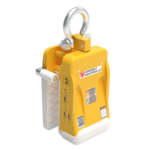
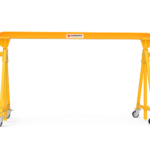
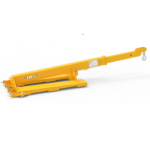
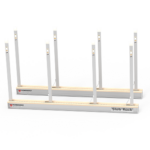
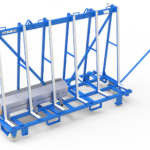
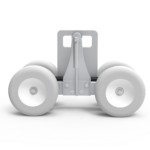
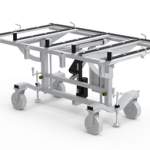
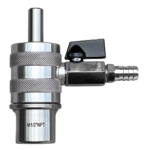
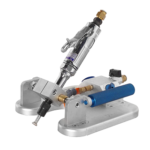
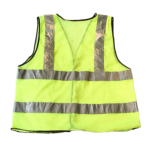
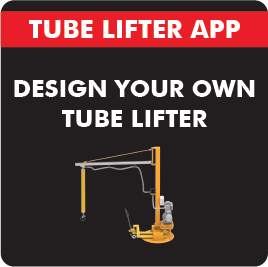
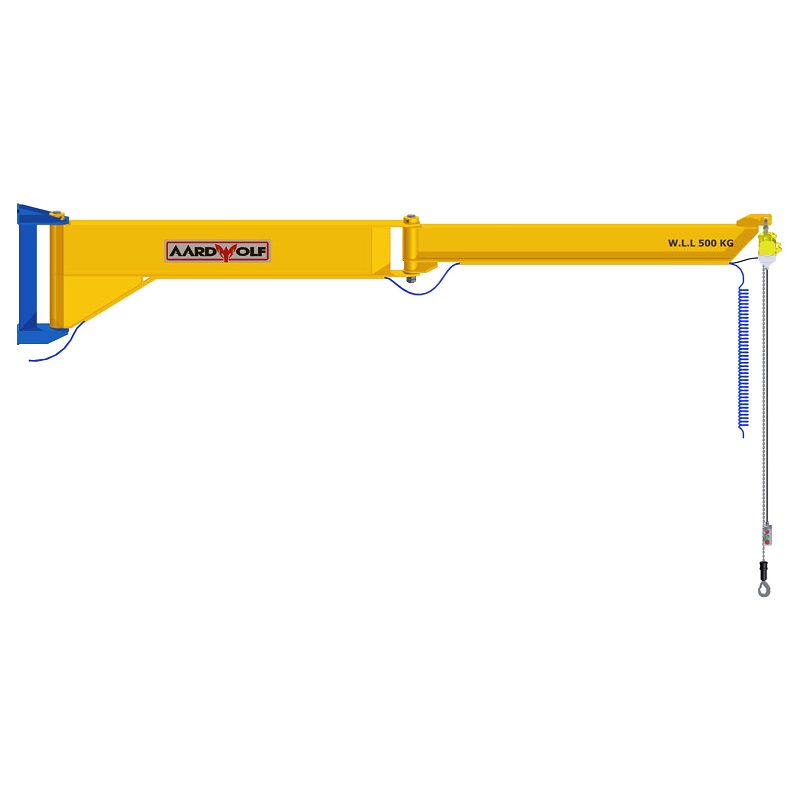
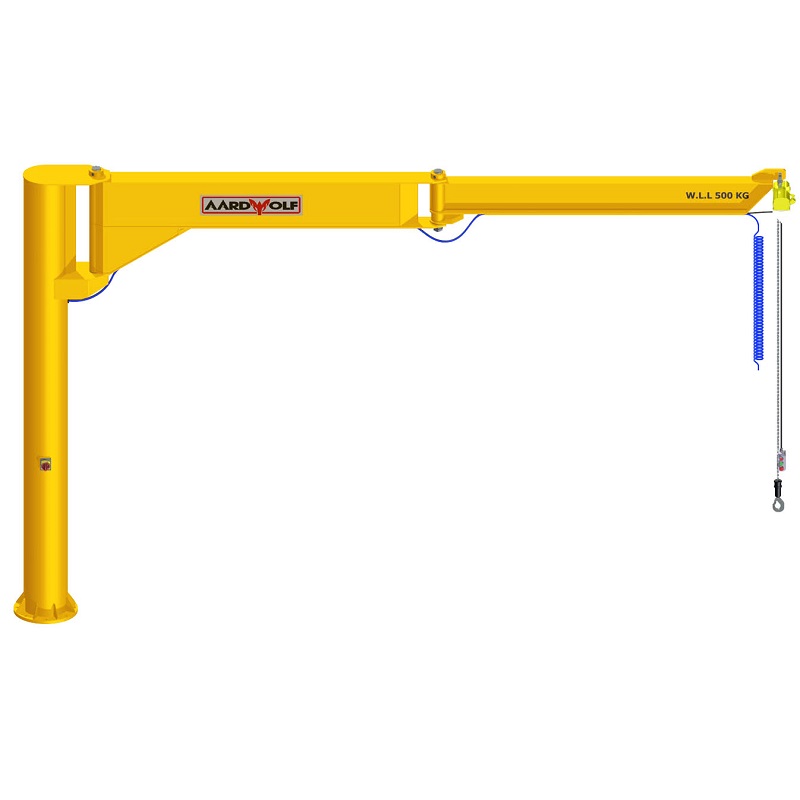
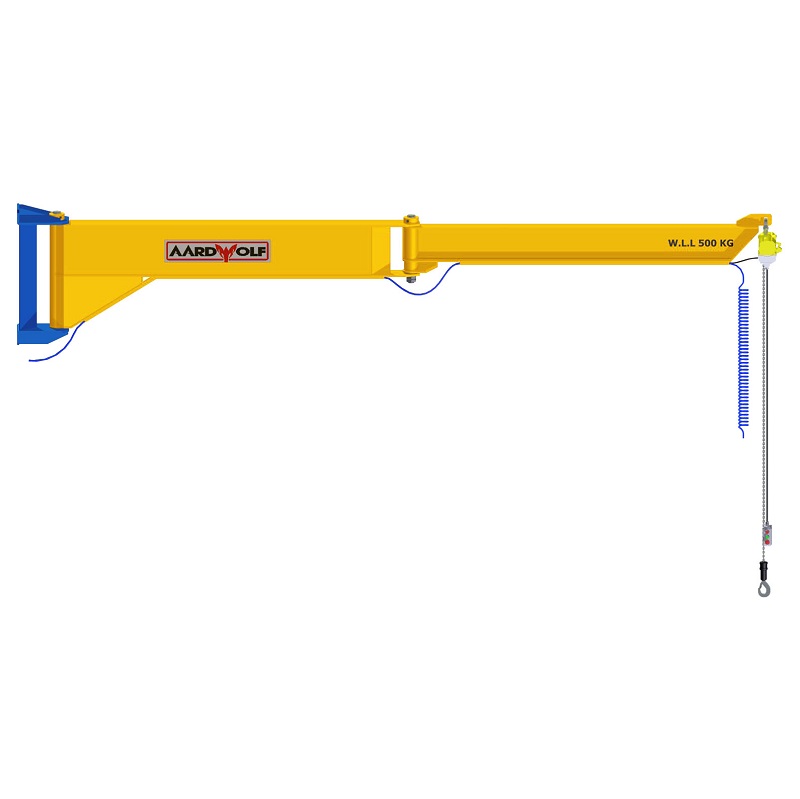
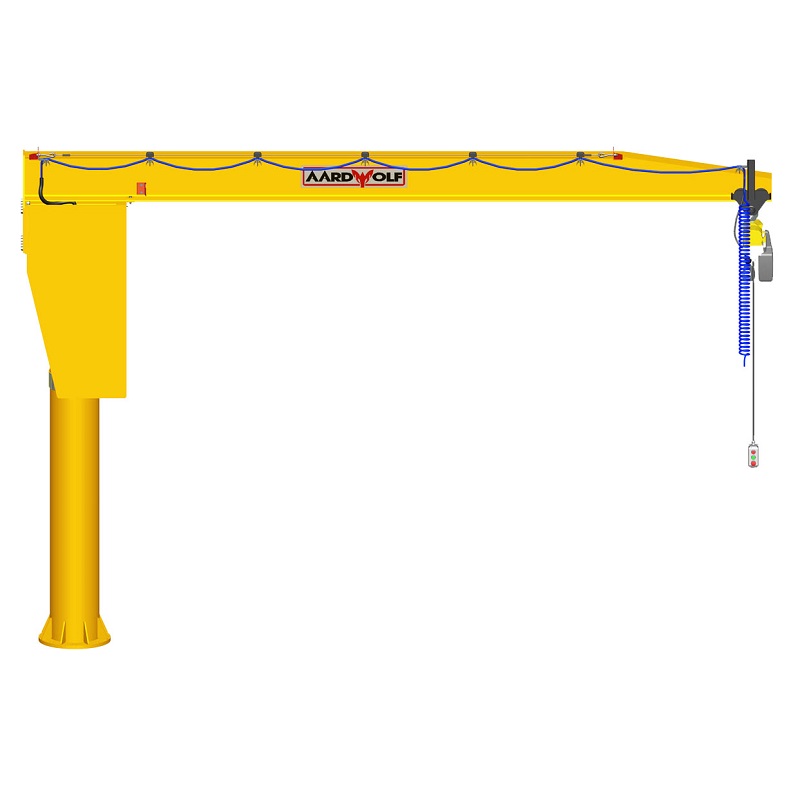


Please log in to leave a comment.